A Guide to Prevalence of Osteoarthritis in Germany

Have you ever wondered how common joint pain is in Germany? You're not alone. Osteoarthritis in Germany is the most common joint disease, affecting millions of people across the country. It's a condition where the protective cartilage that cushions the ends of your bones wears down over time. This can lead to pain, stiffness, and reduced mobility, making everyday activities a challenge. While it can affect anyone, it becomes much more common as we get older, which is a significant concern for Germany's aging population.
Understanding the prevalence, causes, and available treatment options is the first step toward managing the condition effectively. Germany's robust healthcare system offers a wide range of solutions, from conservative therapies like physiotherapy to advanced surgical procedures. This guide is designed to walk you through everything you need to know about osteoarthritis in Germany, answering the most pressing questions people have about this condition. We'll explore who is most at risk, how it's diagnosed, what you can do to alleviate symptoms, and how the disease impacts daily life. Let's get into the details and empower you with the knowledge to navigate this common health issue.
What is the exact prevalence of osteoarthritis in Germany?
This statistic highlights how significant the issue of osteoarthritis in Germany is. It's not a rare condition but a common health concern that affects a substantial portion of the adult population. The data, gathered from national health interview surveys, provides a reliable snapshot of how many people are living with this degenerative joint disease.
The prevalence is not uniform across all demographics. It varies considerably by age and gender, which is crucial for understanding the full picture. The overall figure of 17.9% serves as a baseline, but diving deeper into the numbers reveals more specific trends and risk groups within the German population.
How does osteoarthritis prevalence differ between men and women in Germany?
This gender disparity is a consistent finding in osteoarthritis research worldwide, and Germany is no exception. The reasons for this difference are believed to be multifactorial. Hormonal changes, particularly after menopause, are thought to play a role in the higher incidence among women. Additionally, differences in joint anatomy and biomechanics may contribute to this trend.
This gap between genders becomes even more pronounced with age. Understanding this difference is important for targeted prevention strategies and for raising awareness among women, who are at a higher risk of developing the condition.
How does age affect the prevalence of osteoarthritis in Germany?
Age is the single most significant risk factor for osteoarthritis. While the condition is rare in young adults, its likelihood rises steeply from middle age onwards. The "wear and tear" nature of the disease means that joints have endured more stress and potential damage over a longer period.
Here's a breakdown by age group to illustrate the trend:
- 18-29 years: Very rare, with a prevalence of less than 1%.
- 30-44 years: Rises to around 4%.
- 45-64 years: Jumps significantly, affecting 23.2% of women and 16.6% of men.
- 65+ years: Reaches its peak, impacting a large portion of the senior population.
Given Germany's demographic shift towards an older population, the number of people living with osteoarthritis is expected to continue to rise in the coming years, posing a significant challenge to the healthcare system.
What are the main causes and risk factors for osteoarthritis?
Osteoarthritis is a complex disease with a variety of contributing factors. While some are beyond our control, others are modifiable, offering opportunities for prevention. The main risk factors can be broken down into two categories: those at the person level and those at the joint level.
- Person-Level Factors: These relate to your overall health and genetics. They include age, gender (female), obesity (excess weight puts more stress on weight-bearing joints like knees and hips), and genetic predisposition.
- Joint-Level Factors: These relate directly to the health of a specific joint. They include previous joint injuries (like a torn ligament or fracture), joint malposition (misalignment), and overstress from repetitive activities or physically demanding jobs.
Which joints are most commonly affected by osteoarthritis?
While osteoarthritis can technically affect any joint, it is most prevalent in those that handle significant loads or are used frequently in daily activities. In Germany, as in other parts of the world, knee osteoarthritis is particularly common, followed closely by hip osteoarthritis.
The hands are another frequent site, especially in the small joints of the fingers and at the base of the thumb. This can make tasks requiring fine motor skills, like writing or buttoning a shirt, very difficult. Osteoarthritis of the spine can lead to stiffness and pain in the neck or lower back.
What are the typical symptoms of osteoarthritis?
The symptoms of osteoarthritis usually develop slowly and worsen over time. The primary complaint is joint pain, which might be an ache that occurs during or after movement. As the condition progresses, the pain can become more persistent and may even disrupt sleep.
Stiffness is another hallmark symptom. Many people experience it when they first wake up or after sitting for a long time. It usually eases with movement. Other common symptoms include:
- Loss of flexibility: You may not be able to move the affected joint through its full range of motion.
- Grating sensation: You might hear or feel a popping or crackling sound when you use the joint.
- Bone spurs: These extra bits of bone can form around the affected joint.
- Swelling: Soft tissue inflammation around the joint can cause swelling.
How is osteoarthritis diagnosed in Germany?
If you suspect you have osteoarthritis, the first step is to consult a doctor, usually a general practitioner (Hausarzt) or an orthopedist. The diagnostic process is thorough and aims to rule out other conditions with similar symptoms.
During the physical exam, the doctor will check the affected joint for tenderness, swelling, redness, and flexibility. They will ask detailed questions about your pain and how it affects your daily life. To confirm the diagnosis and assess the extent of joint damage, imaging tests are often ordered. X-rays are the most common tool, as they can show cartilage loss, bone spurs, and the narrowing of space between bones. In some cases, an MRI (Magnetic Resonance Imaging) may be used to get a more detailed view of the cartilage and soft tissues.
What are the first-line treatment options for osteoarthritis in Germany?
German and international guidelines strongly recommend starting with conservative treatments to manage symptoms and improve function. The goal is to empower patients to take an active role in their care. Physiotherapy (Krankengymnastik) is a cornerstone of this approach. A therapist will design a personalized exercise program to strengthen the muscles around the joint, improve flexibility, and reduce pain.
Patient education is also critical. Understanding the condition, learning how to manage activities, and using joint protection techniques can make a significant difference. For overweight individuals, weight loss is highly recommended to reduce the load on weight-bearing joints. These strategies are often effective in managing mild to moderate osteoarthritis and can delay the need for more invasive treatments.
What medications are used to treat osteoarthritis pain?
When conservative measures alone are not enough to control the pain, medications are often added to the treatment plan. The choice of medication depends on the severity of the pain and the patient's overall health.
- Topical NSAIDs: These are creams or gels that are applied directly to the skin over the affected joint. They can be effective for joints that are close to the surface, like the knees and hands.
- Oral NSAIDs: Drugs like ibuprofen and diclofenac can reduce both pain and inflammation. They are effective but can have side effects, especially with long-term use.
- Corticosteroid Injections: For severe pain flare-ups, a doctor can inject a powerful anti-inflammatory medication directly into the joint. The relief can be significant but is usually temporary.
When is joint replacement surgery considered in Germany?
Surgery is typically a last resort, reserved for when the quality of life is severely impacted. The decision to proceed with a knee replacement (Knie-TEP) or hip replacement (Hüft-TEP) is made jointly by the patient and their orthopedic surgeon. Key factors include:
- Intolerable pain that is not managed by medication.
- Significant loss of function, making daily activities difficult or impossible.
- Clear evidence of advanced joint damage on X-rays.
Germany is renowned for its high standards in orthopedic surgery and has many specialized clinics (Endoprothetikzentren) that perform thousands of successful joint replacements each year.
What is the impact of osteoarthritis on daily life and work productivity?
Living with chronic joint pain can be debilitating. It affects not only physical health but also mental well-being, with studies showing higher rates of depression among people with osteoarthritis. Simple activities like walking, climbing stairs, or even getting dressed can become a painful ordeal.
The economic impact is also substantial. The condition is a leading cause of disability and early retirement. In the workplace, it leads to lost workdays (absenteeism) and reduced effectiveness while on the job (presenteeism). The overall burden on individuals, employers, and the healthcare system is immense.
Are there any new or emerging treatments for osteoarthritis in Germany?
The field of orthopedics is constantly evolving, and German clinics are often early adopters of innovative therapies. While many of these are still being studied, they offer hope for better outcomes in the future.
- Stem Cell Therapy: This involves injecting stem cells into the damaged joint to promote cartilage regeneration and reduce inflammation.
- Platelet-Rich Plasma (PRP): This therapy uses a concentration of a patient's own platelets to accelerate the healing of injured tendons, ligaments, muscles, and joints.
- Genicular Artery Embolization (GAE): A newer, minimally invasive procedure that blocks blood flow to inflamed parts of the knee lining, reducing pain.
These treatments represent the cutting edge of osteoarthritis care and are available at specialized centers throughout Germany.
Ready to explore your healthcare options for osteoarthritis? PlacidWay can connect you with leading clinics and specialists in Germany and around the world. Take the next step towards a pain-free life today.


.png)

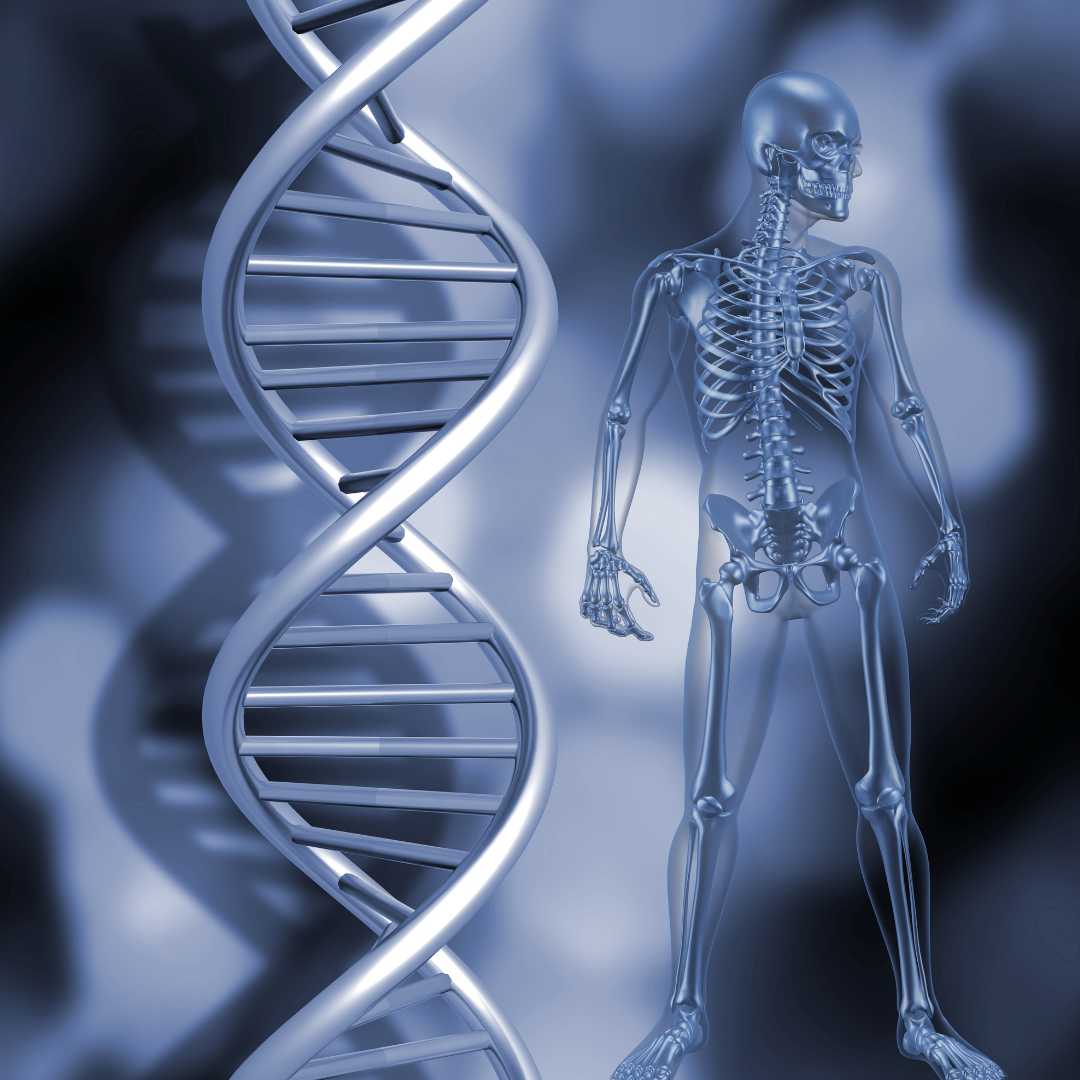
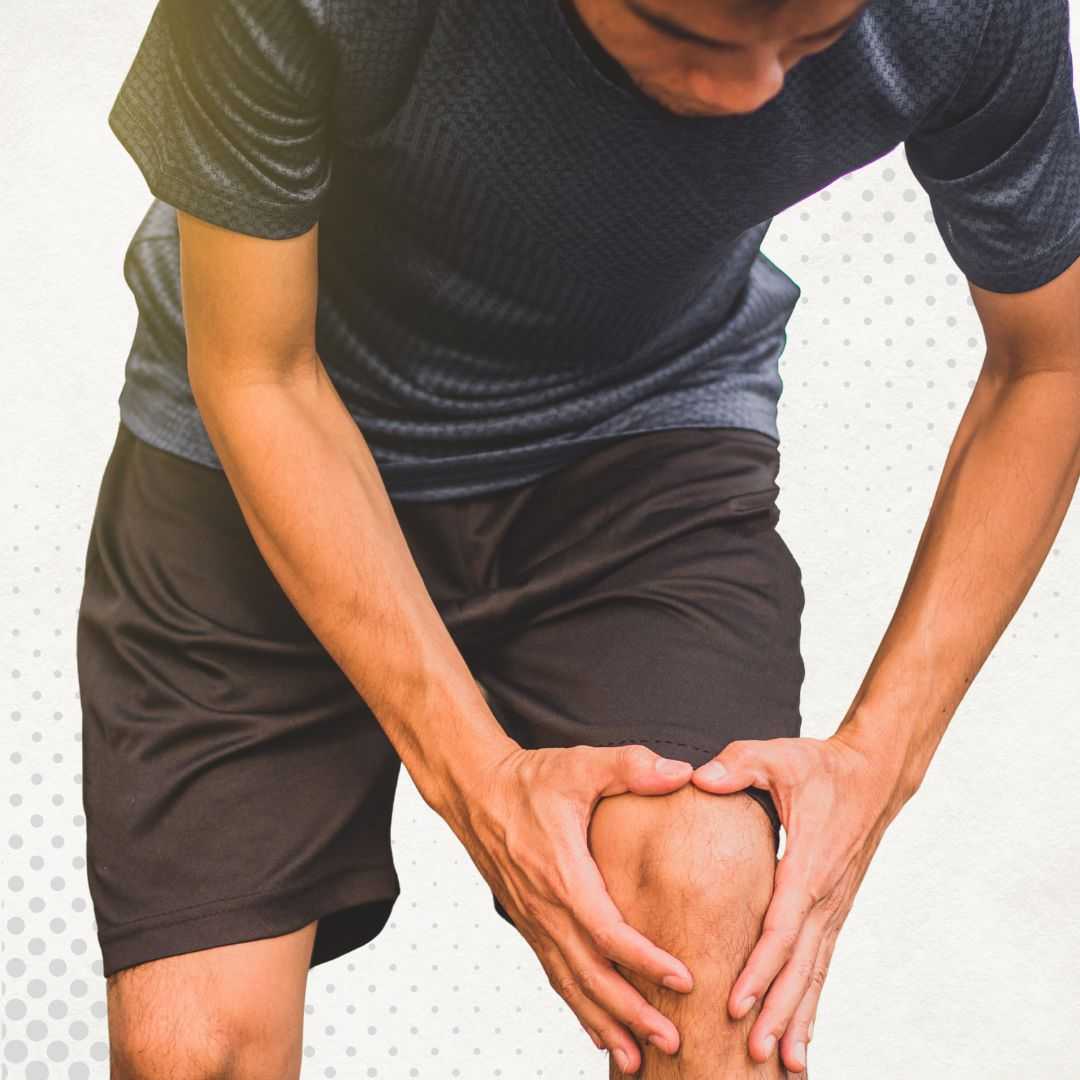
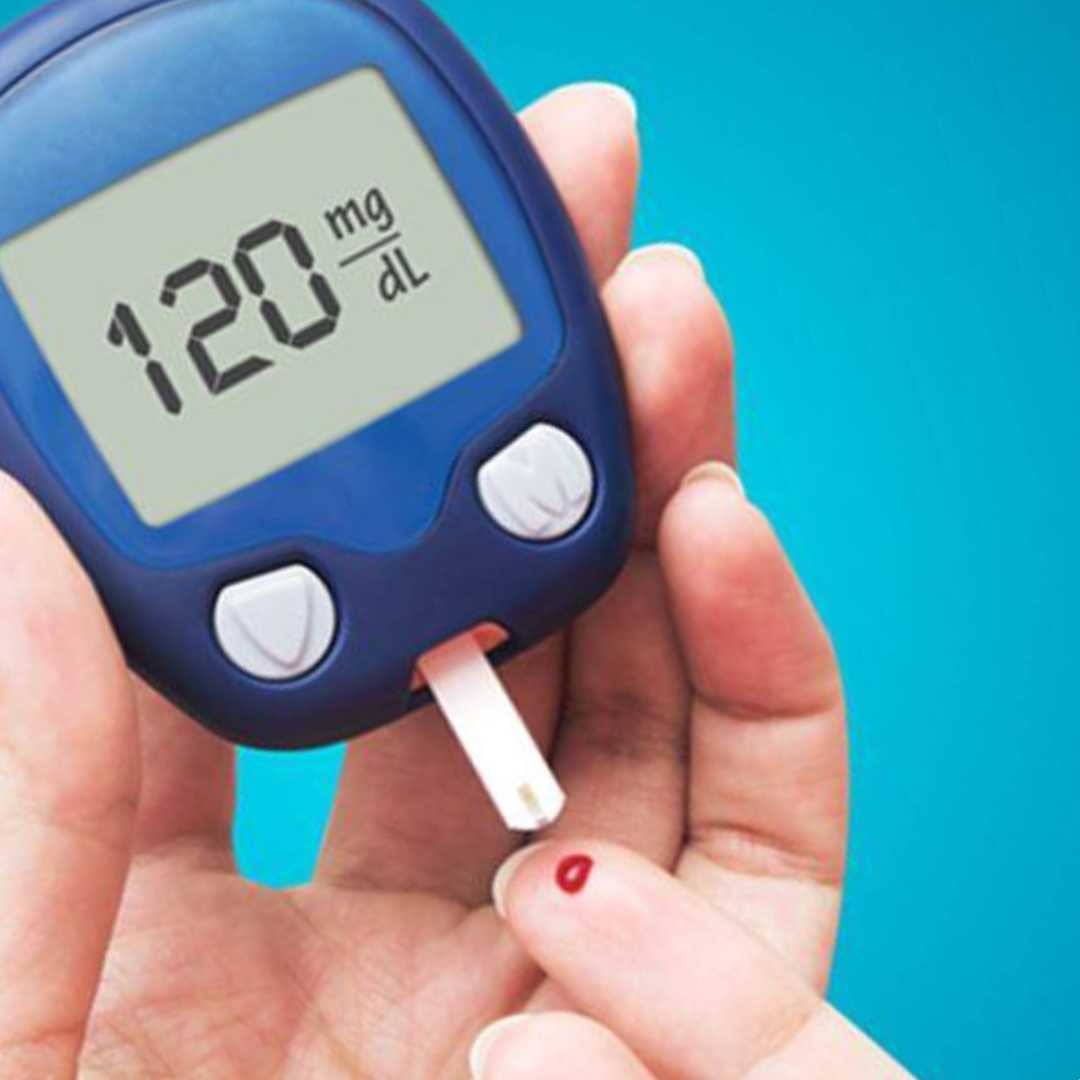
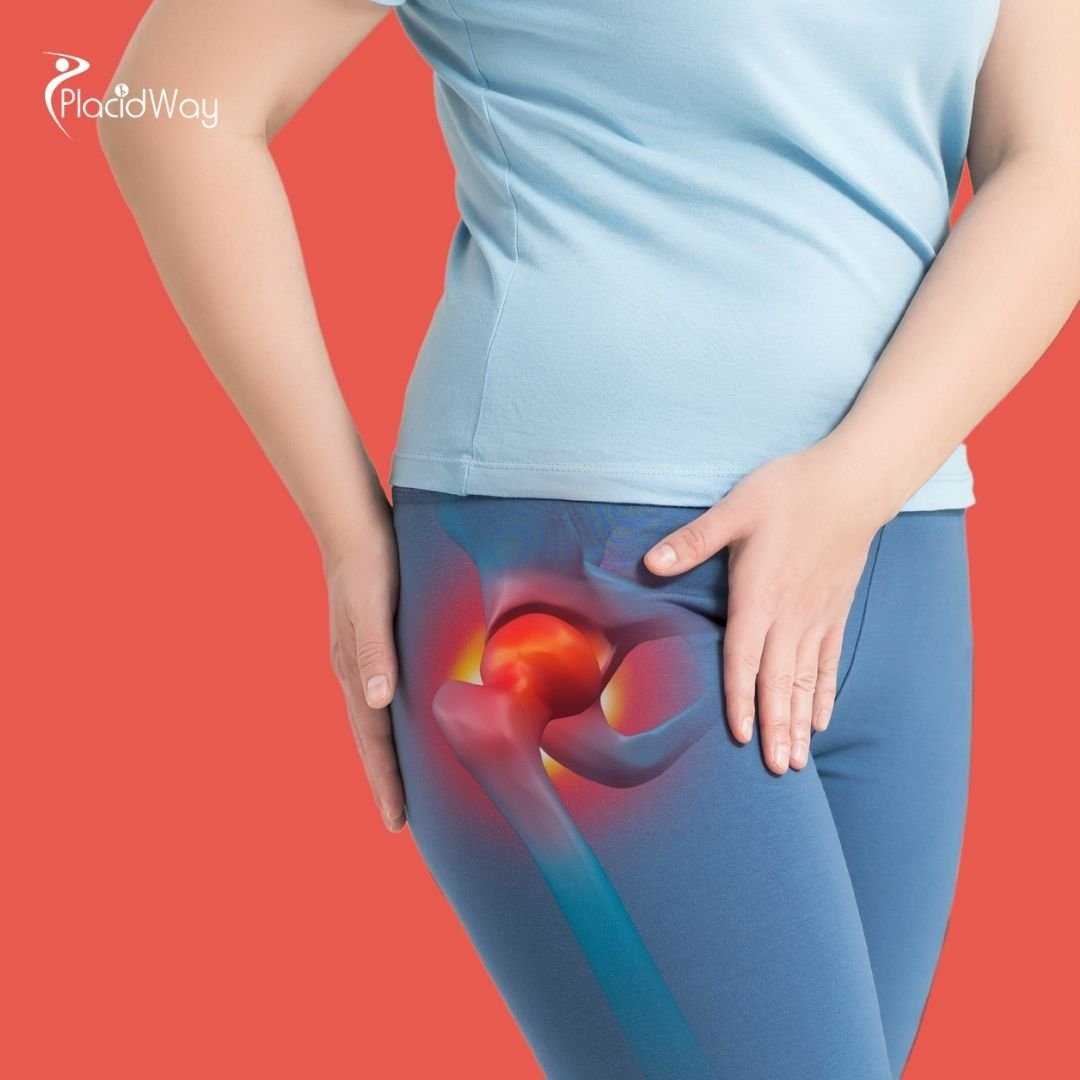
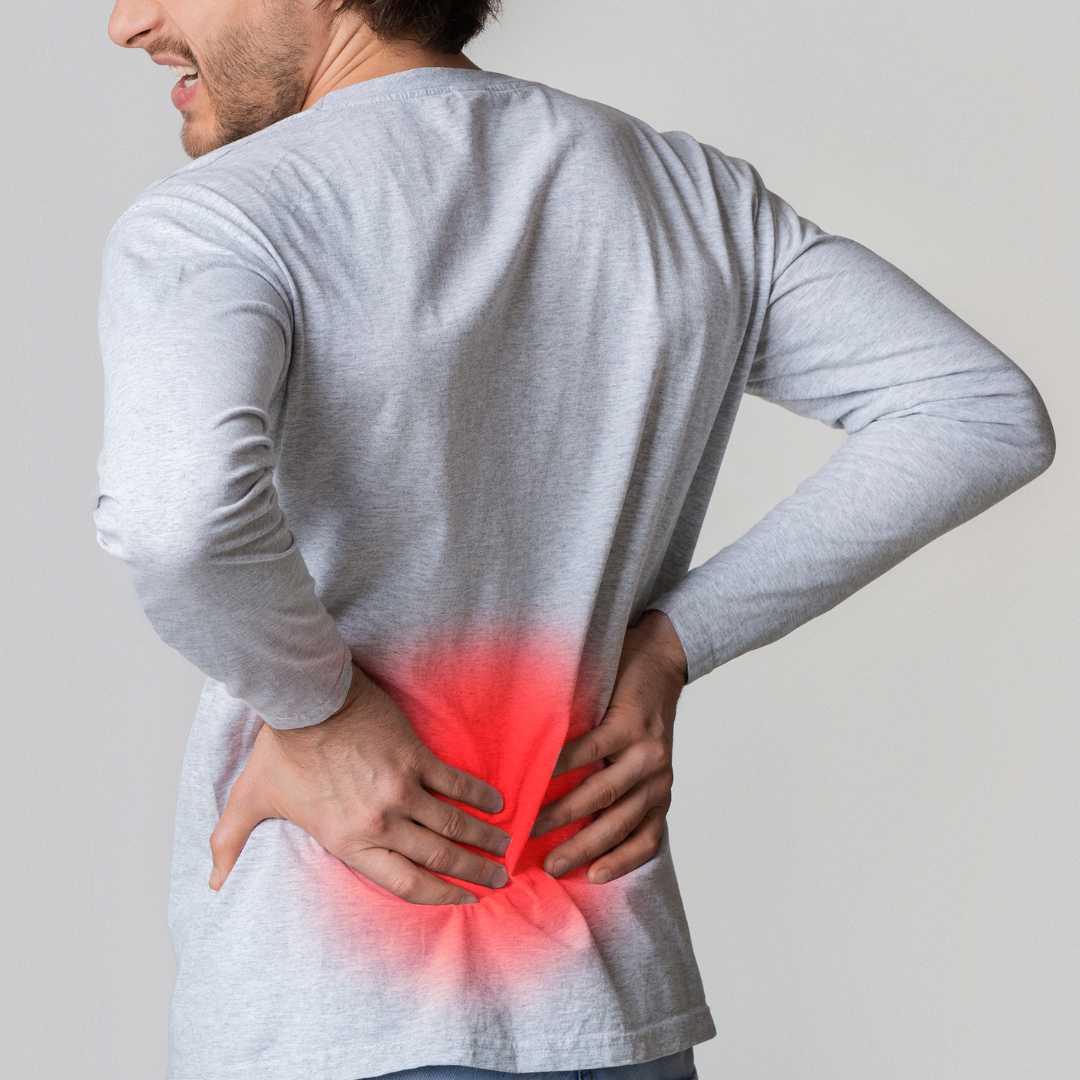
.jpg)
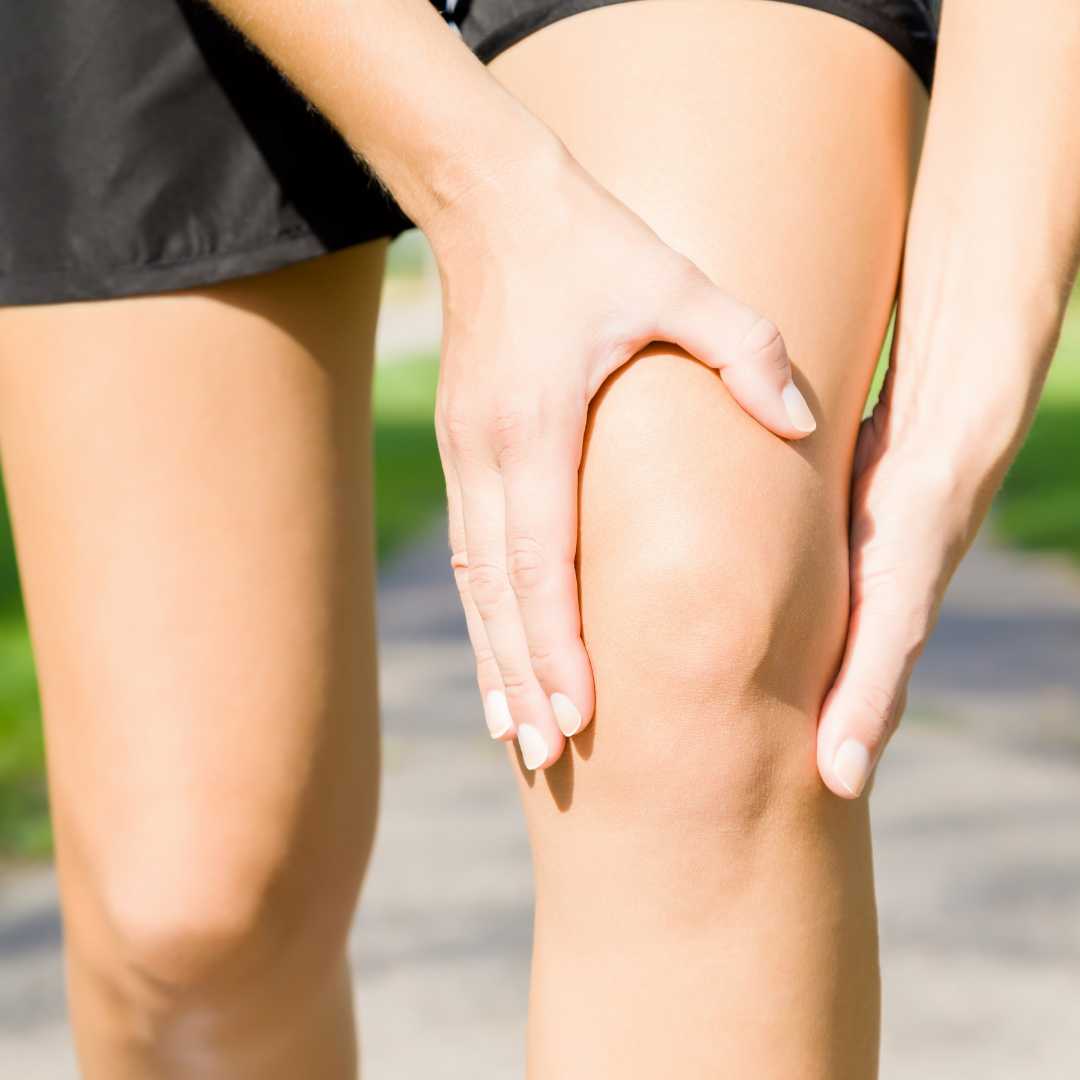
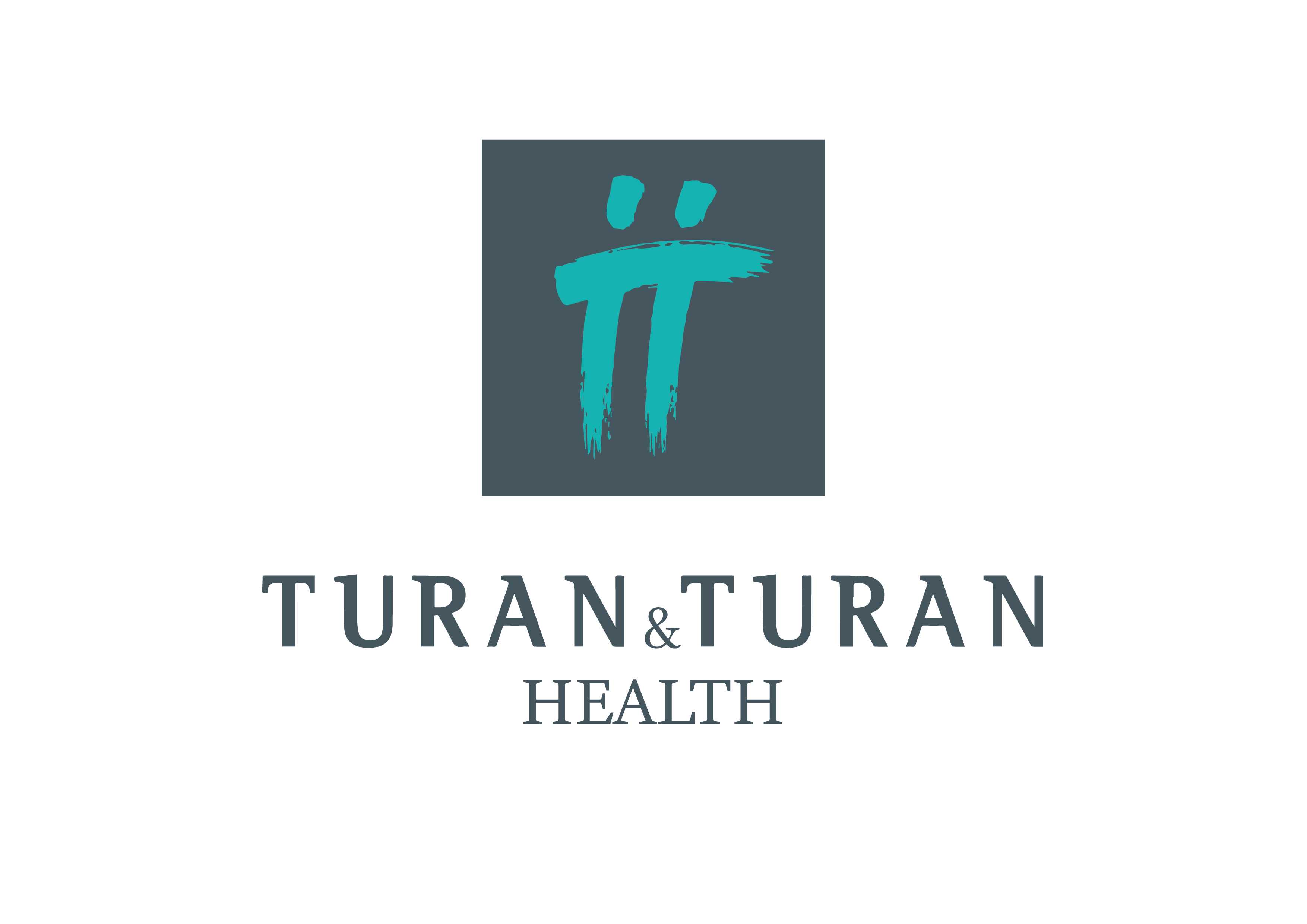


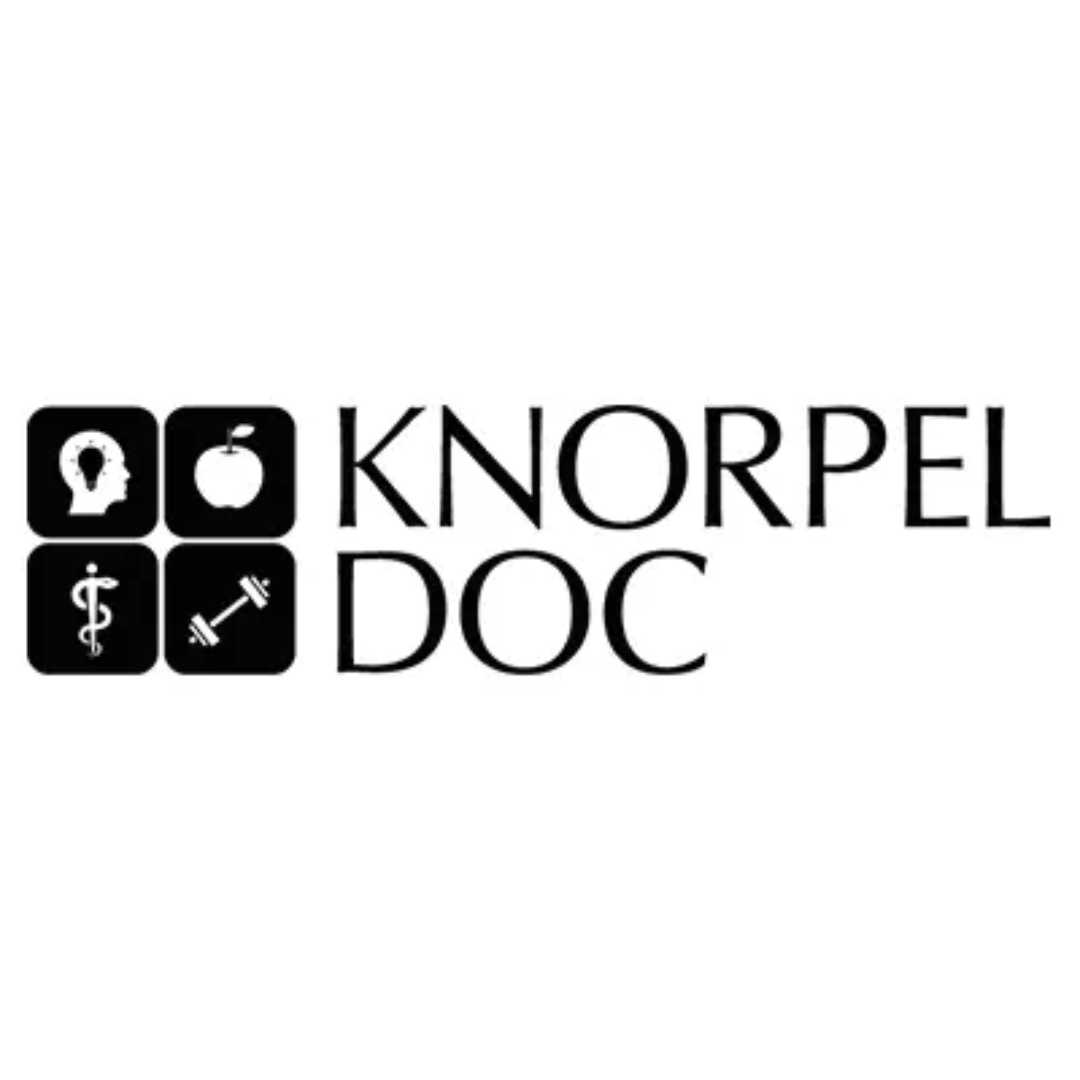

Share this listing